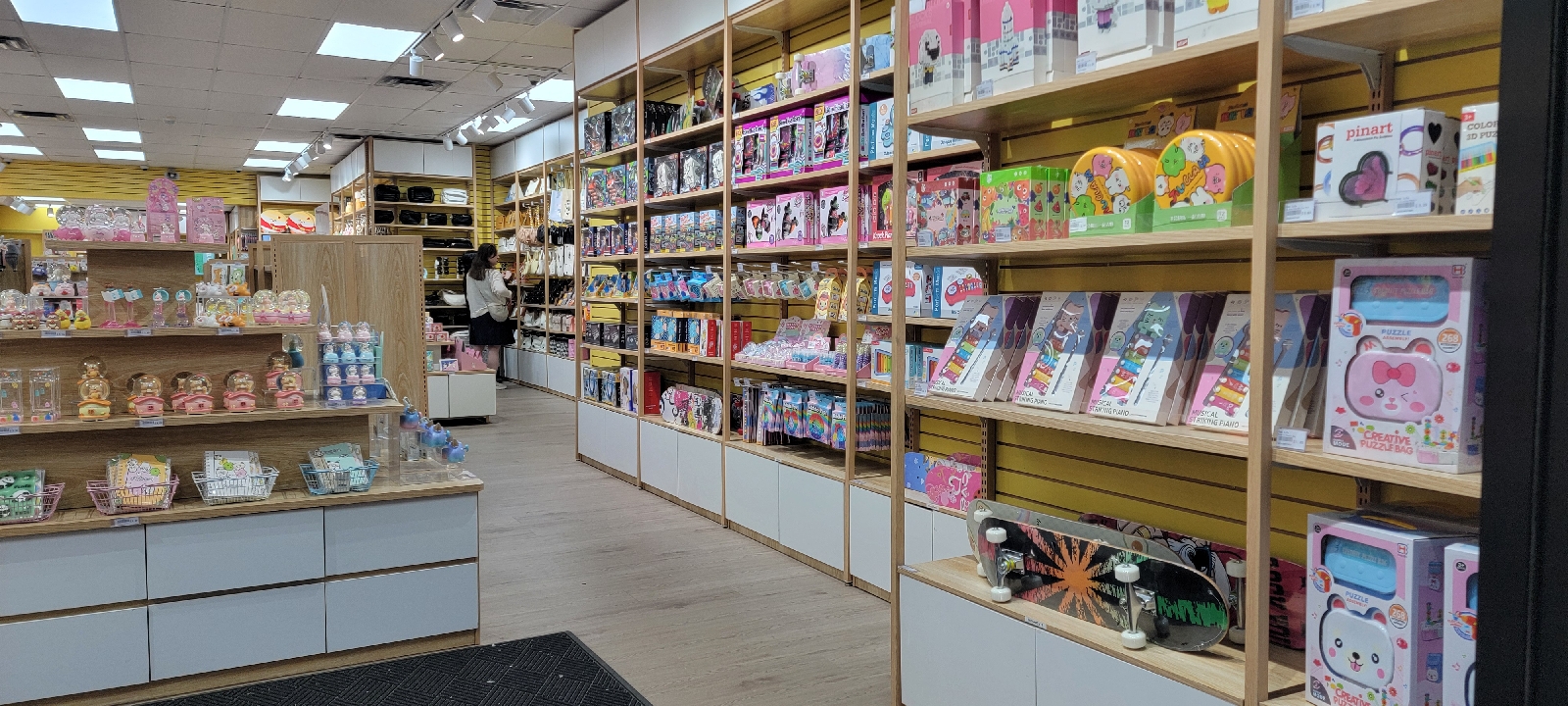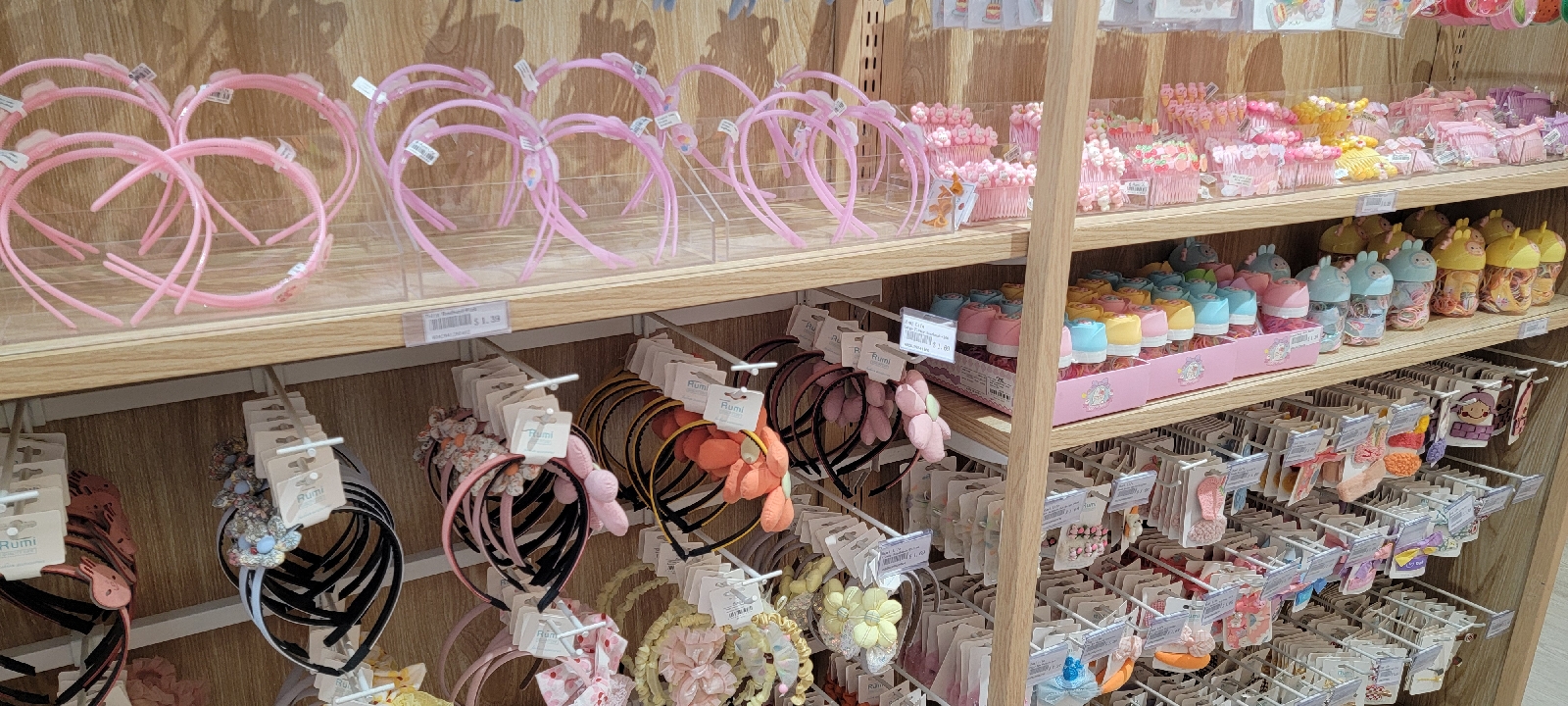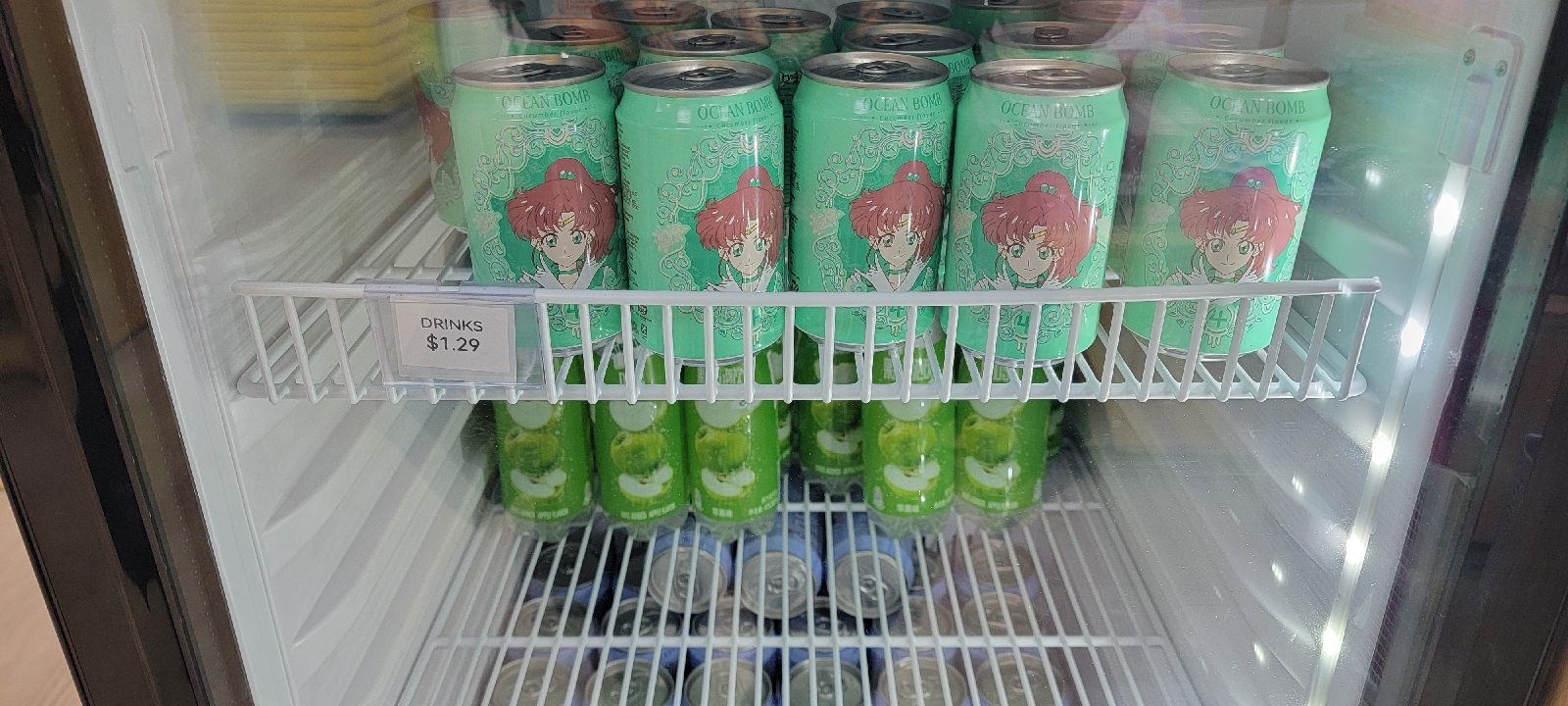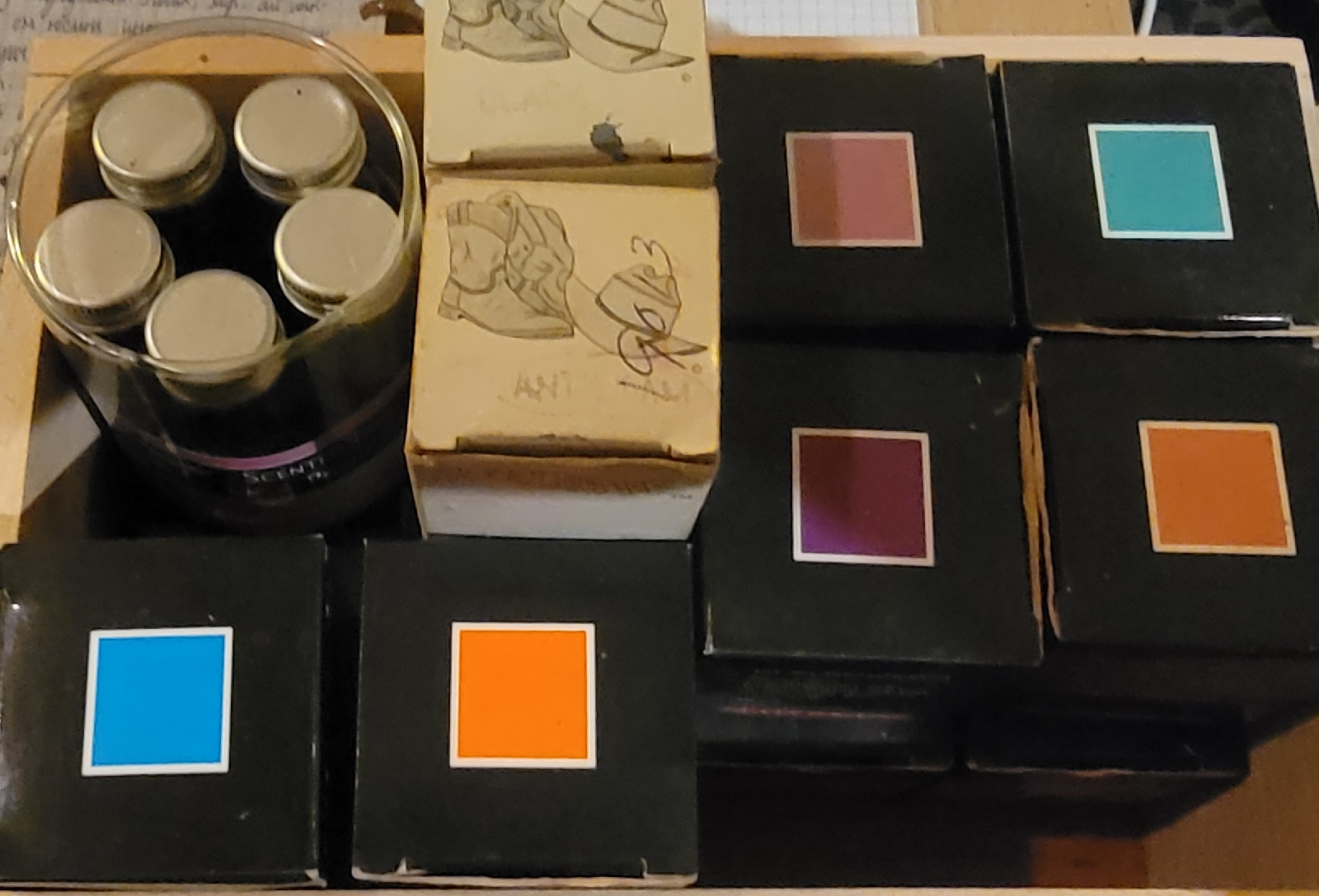A Bunch of Lonesome Heroes
This is a blog.
Thursday, April 24, 2025
Rumi Life Factory Outlet in Bushwick for Kawaii Shopping
Monday, April 21, 2025
Chinese-made Jinhao Fountain Pens and Cartidges Under Trump's Tariffs
The U.S. tariffs on Chinese imports are impacting our ability to buy inexpensive stationery like Jinhao fountain pens and ink cartridges in a few ways, though the extent depends on the specific tariff categories and enforcement. It is difficult to understand what is going on, since no one seems to know the details on the president's import taxes. Here's how they might affect us:
1. Price Increases
- If Jinhao pens or ink cartridges fall under tariffed categories, U.S. importers (or retailers) may pass the added cost on to consumers.
- Even if the base price of the items remains low, shipping or bulk purchasing costs may rise.
2. Reduced Availability
- Retailers may scale back imports of lower-margin items like inexpensive pens if tariffs make them less profitable.
- Some suppliers might stop selling certain products to U.S. customers altogether, especially on platforms like AliExpress or eBay.
3. Shift to Other Brands or Sources
- U.S. sellers might switch to sourcing similar items from other countries like India, Vietnam, or Taiwan, which could offer alternatives—though potentially at slightly higher prices or different quality levels.
4. Delay in Deliveries
- Customs processes can slow down due to additional paperwork or inspections on tariffed goods, leading to longer wait times, especially for international orders.
What You Can Do:
- Buy direct from non-U.S. platforms like AliExpress, but note that shipping may be slower or slightly more expensive.
- Stock up on your favorite items now if they’re still at pre-tariff prices.
Personally, I have enough pens to last quite a while before the nibs start getting wonky. As for ink cartridges, I'm really glad that I have converters!
I'll save my cartridges for when I'm out and about. That is, I'll keep them in my pen case in case my converter runs out of ink when I'm away from home. But as much as possible, I'll refill converters using bottled ink.
Sunday, April 20, 2025
Flashing Police Cars
I have no idea what these police cars were doing. Corner of West 33rd Street and 12th Avenue, New York, NY.
















